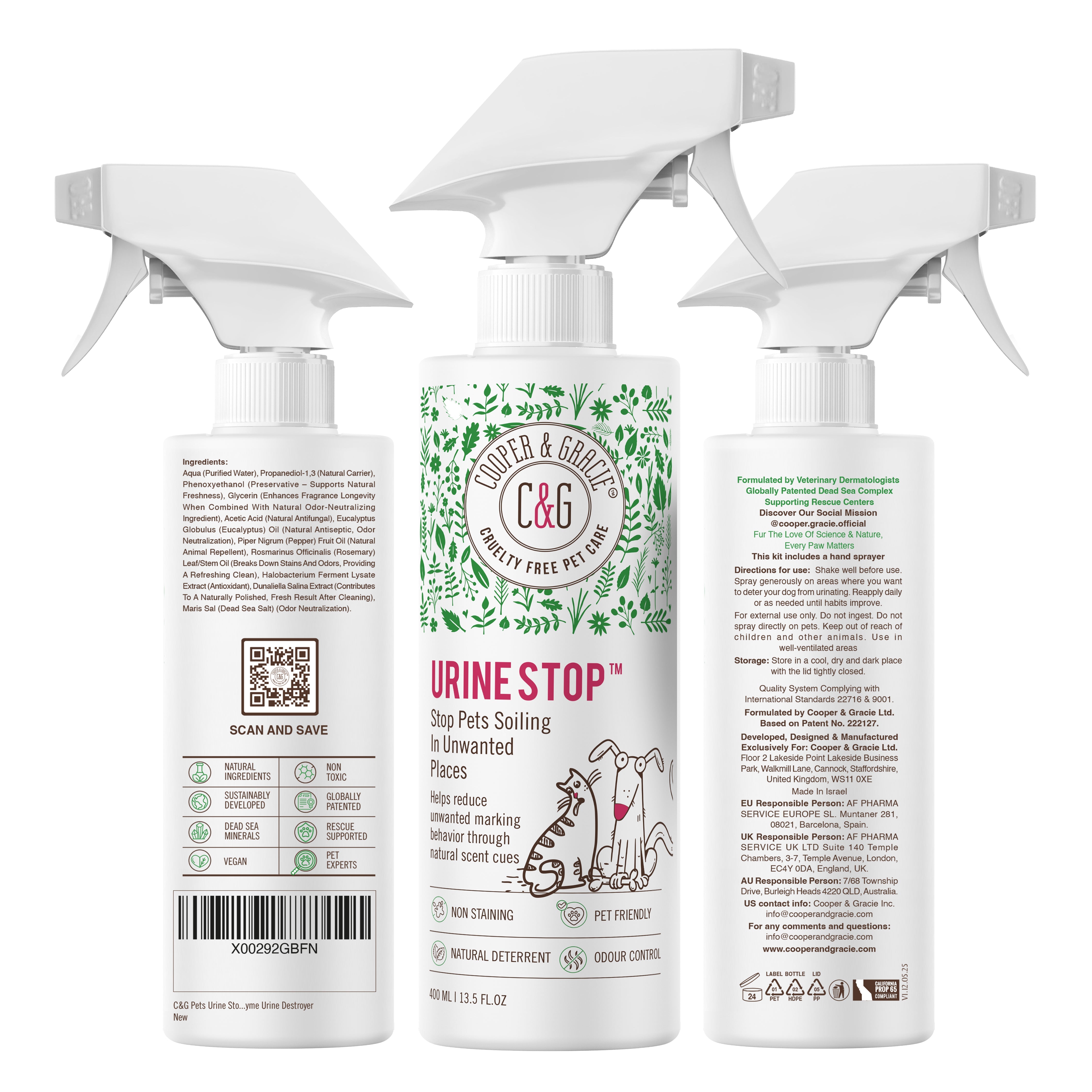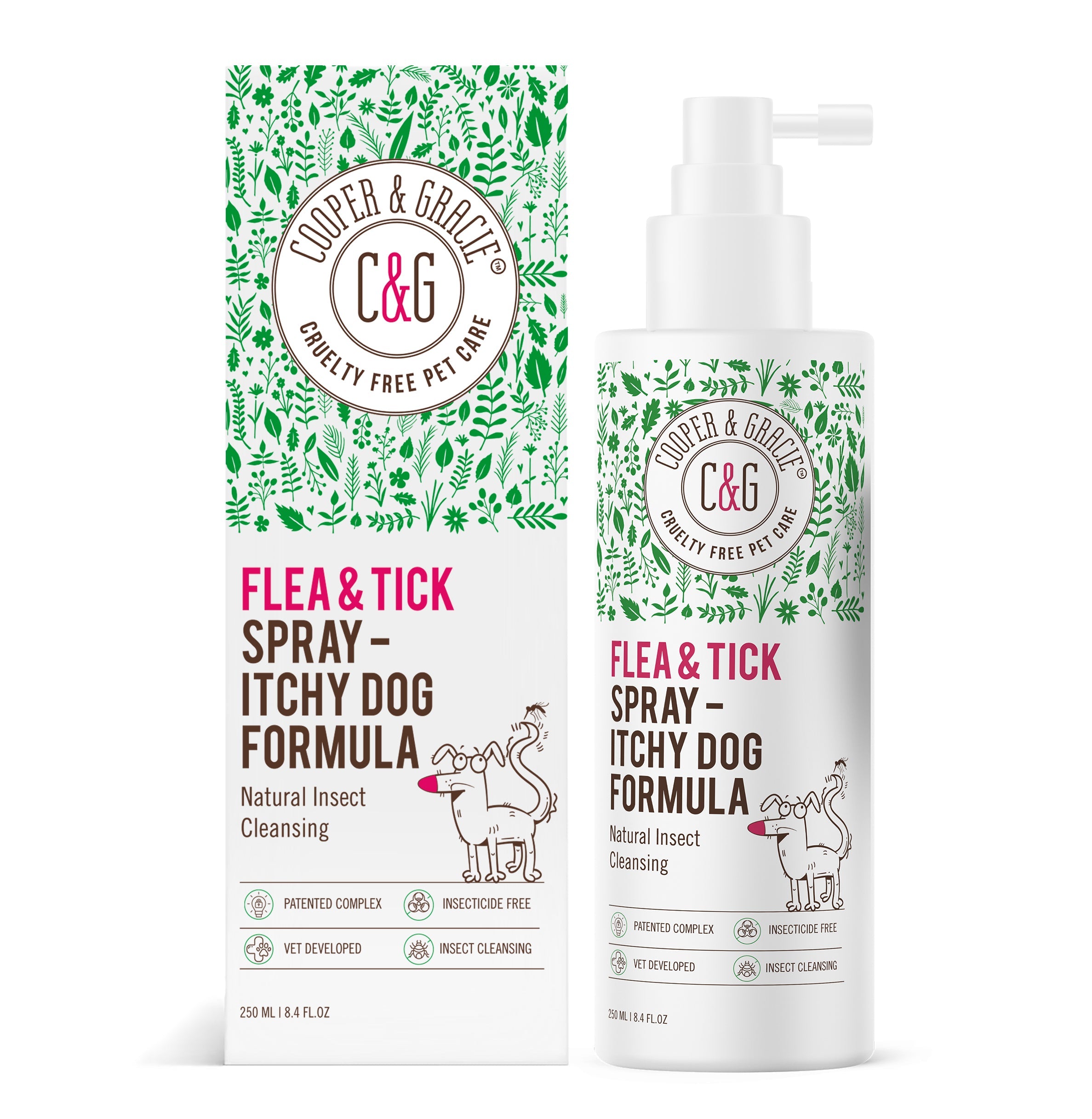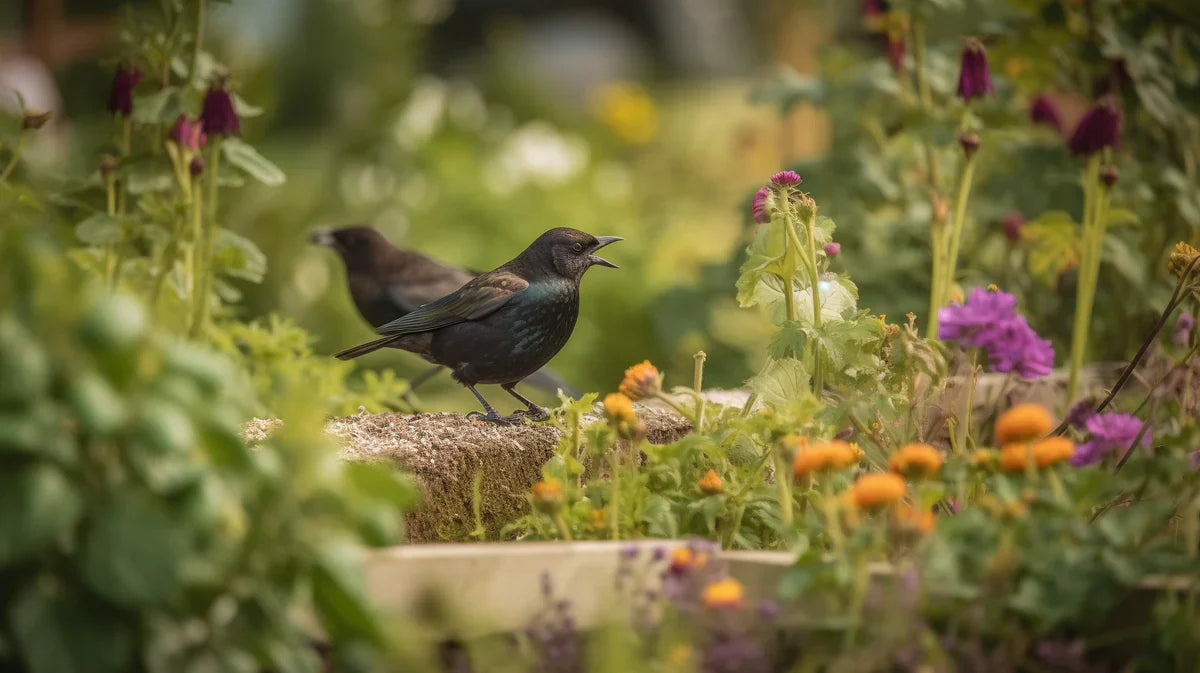What Do Birds Eat? The Ultimate Guide
Introduction
Have you ever sat and wondered, "What on Earth do birds eat?" Well, you're not alone. From the majestic eagle soaring in the sky to the humble pigeon pecking at breadcrumbs, each bird species has a specific diet that helps it survive and thrive.
The Importance of Understanding Bird Diets
Before diving into what birds munch on, let's talk about why this topic is so important.
Conservation Implications
Understanding the dietary habits of birds can be crucial for conservation efforts. Knowing what a particular species eats can help us understand its habitat needs and how to protect them. Simple as that!
Birdwatching
For birdwatching aficionados, knowing what birds eat can make your watching experience richer and more rewarding. It might even help you spot that elusive bird you've been trying to tick off your list!
The Different Types of Bird Diets
Omnivores
Omnivorous birds are the versatile eaters of the avian community, equipped to enjoy a range of foods that the natural world has to offer.
Examples
When we talk about omnivorous birds, common examples that come to mind are crows and pigeons. Crows are highly intelligent birds that have been observed using tools to access food, while pigeons are often seen in urban settings, making the most out of what's available.

What They Eat
The diet of omnivorous birds like crows and pigeons is impressively varied. They munch on fruits, berries, and seeds when they are in season. At the same time, they won't say no to insects, worms, and even the occasional small rodent. This ability to consume a variety of foods gives them an advantage in different environments, making them one of the most adaptable bird groups out there.
Carnivores
Carnivorous birds are the apex predators in the sky, built for hunting with keen eyesight and strong talons.
Examples
Iconic examples of these raptors include eagles, hawks, and owls. Eagles, with their imposing wingspans, are often at the top of the food chain, while hawks are agile hunters that can manoeuvre through forests to catch prey. Owls are unique in that they are nocturnal hunters, using their excellent night vision and completely silent flight to catch unsuspecting prey.

What They Eat
When it comes to food, these carnivorous birds are all about meat. Eagles often target fish, but they'll also go for small mammals like rabbits and rodents. Hawks usually feed on smaller birds, small mammals, and occasionally reptiles. Owls have a particular penchant for rodents but will also consume insects and small birds. Their diet mainly consists of meat they've hunted, demonstrating their role as effective predators in their respective ecosystems.
Herbivores
Herbivorous birds are the serene, plant-loving individuals of the avian world, who feast primarily on plant matter for sustenance.
Examples
When thinking of herbivorous birds, flamingos and certain species of parrots instantly spring to mind. Flamingos are particularly interesting because their vibrant pink colour actually comes from the carotenoid pigments in their algae and crustacean diet. Some parrots, especially those native to tropical rainforests, are also herbivores, delighting in an array of fruits and leaves.

What They Eat
The dietary choices of herbivorous birds are mainly centred around plants. They consume an array of leaves, fruits, and vegetables. Some, like the flamingo, also indulge in algae. These birds have a digestive system that's well-adapted to extract nutrients from plant matter, making them well-suited for their vegetarian lifestyle.
Insectivores
As the name suggests, insectivorous birds have a diet that's heavily focused on insects — they are the bug catchers of the sky.
Examples
Swifts and swallows are the poster birds for this category. They're both agile flyers capable of catching insects mid-air, a feat that requires considerable skill and accuracy.
What They Eat
Insectivorous birds feast on an assortment of insects, spiders, and other small invertebrates. Their diet can include anything from flies, mosquitoes, and moths to spiders and even some types of worms. Their keen senses and agile flight make them expert bug catchers, which is beneficial for ecosystems by helping control insect populations.
Granivores
These are the birds for whom grains and seeds serve as the bread and butter of their diet, so to speak.
Examples
Finches and sparrows are quintessential granivores. These birds are often found in environments where seeds are plentiful, from meadows to farmlands and even some urban areas.
What They Eat
Primarily, these birds eat seeds and grains. Their beaks are specially adapted to crack open hard seed shells, allowing them to access the nutritious inner part. Some will also consume small insects, but seeds are their main source of sustenance. Their dietary habits also make them excellent agents for plant dispersal, contributing to the health of their ecosystems.
Special Diets
Nectar-Feeding Birds
Nectar-feeding birds are the floral aficionados of the bird world, uniquely adapted to sip the sugary nectar produced by flowers.
Examples
The hummingbird is the quintessential nectar-feeder. These remarkable birds are tiny dynamos, capable of hovering in mid-air and even flying backward, skills that come in handy when reaching deep into flowers for nectar.

What They Eat
Nectar is the mainstay of their diet. Using their specialised long, slender bills and even longer tongues, they can delve into flowers to extract nectar, a rich source of energy. It's a symbiotic relationship, as these birds often assist in the pollination of the flowers they feed from. While nectar is their primary source of nutrition, they also consume small insects and spiders to supplement their protein intake.
Fish-Eating Birds
These birds are the piscivores of the avian world, with diets centred around aquatic prey.
Examples
Pelicans and kingfishers are perfect examples of fish-eating birds. Pelicans are often seen swimming gracefully on water surfaces before suddenly plunging their bills to scoop up fish. Kingfishers, on the other hand, are often spotted perched above water bodies, keenly watching for movements below before diving in for a catch.
What They Eat
Fish make up the core of their diet (shocking, we know!). Pelicans often use their large, expandable throat pouch to net fish, sometimes working in groups to corral their prey. Kingfishers employ their sharp, dagger-like beaks to snatch fish from the water. Both types of birds have evolved specific hunting techniques and physical adaptations to efficiently capture and consume fish, making them highly specialised feeders within their natural habitats.

The Role of Geography in Bird Diets
Geography, it turns out, is a significant determinant of what birds eat. Depending on their habitats, ranging from tropical rainforests to the chilly Arctic, birds have adapted their diets to make the most out of the resources available to them.
Tropical Rainforests
In lush, tropical rainforests where food is abundant, you'll find a wide variety of bird species with equally diverse diets. Herbivores feast on a range of fruits, seeds, and leaves, while insectivores relish the plentiful insect life. Even within this rich environment, some species like toucans specialise in fruit-eating, using their large bills to pluck and peel fruit effortlessly.

The Cold Arctic
Contrast this with the stark, frozen landscapes of the Arctic, where resources are scarce. Birds like the Arctic Tern undertake mammoth migrations to access food. Predatory birds such as snowy owls rely on small mammals like lemmings for sustenance. The scarcity of flora also means that herbivorous birds are a rarity in these frigid zones.
In conclusion, what birds eat is not just a matter of preference but a complex interplay of evolutionary adaptation, ecological roles, and geographical constraints. It's an endlessly fascinating subject that goes far beyond casual birdwatching, offering valuable insights into biodiversity and conservation.
Human Impact on Bird Diets
Feeding Birds: The Pros and Cons
Feeding birds can bring immense joy and a sense of connection with nature, but it's not as simple as throwing some crumbs on the ground and calling it a day. Different birds have different dietary needs, and what works for one species could be harmful for another.
Pros
-
Enhanced Birdwatching: Feeding birds can attract a variety of species to your garden, making birdwatching easier and more enjoyable.
-
Education: Observing birds at feeders can offer educational opportunities for both adults and children, helping them learn about bird behaviours and diets.
-
Aiding Survival: During harsh winters or migration periods, supplementary feeding can help certain species survive when natural food sources are scarce.
Cons
-
Nutritional Imbalance: Feeding birds inappropriate food like bread can lead to malnutrition or digestive issues.
-
Dependence: Birds might become dependent on artificial food sources, which could be problematic if those sources suddenly disappear.
-
Disease Spread: Bird feeders can become breeding grounds for diseases if not cleaned regularly.
What Not to Feed
It's essential to avoid certain foods that are not suitable for birds. Bread, salty snacks, and processed human foods often lack the nutrients that birds need and can even be harmful. Always do your research before offering any food to wild birds.
In summary, while feeding birds can be a rewarding experience, it comes with its own set of responsibilities. Ensuring you're providing the right types of food and maintaining clean feeding stations will make the experience beneficial for both you and our feathered friends.
Conclusion
So there you have it, a comprehensive guide on what birds eat. From seeds to spiders, the avian world is full of fascinating dietary habits. Whether you're into birdwatching or you're just curious, understanding their diets can open up a new world of appreciation for these winged wonders.
Frequently Asked Questions
-
What do hummingbirds eat?
- They primarily feed on nectar but also consume small insects.
-
Can all birds eat seeds?
- No, not all birds are equipped to eat seeds. Some are strictly carnivorous.
-
Is it okay to feed birds bread?
- It's generally not recommended, as bread offers little nutritional value.
-
What do eagles eat?
- Eagles are carnivorous and often eat fish, rodents, and even other birds.
-
Do birds drink water?
- Yes, most birds need fresh water for drinking and bathing. Some, however, fulfil the majority of their hydration needs through their diet.
Discover the Best in Pet Care with Cooper and Gracie
Hey bird lovers, while you're looking out for our feathered friends, don't forget about your other pets at home! Whether it's chickens, dogs, cats, or even horses, Cooper and Gracie offers premium, cruelty-free and organic pet care products that your furry family members will absolutely adore. Why settle for less when you can have the best? Make the switch today and experience unparalleled quality that not only pampers your pet but is also eco-friendly. Ready to take the first step in upgrading your pet's wellness routine? Click here to explore Cooper and Gracie's exclusive range of natural pet care products. Your pet will thank you!











